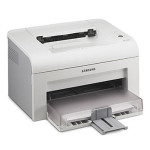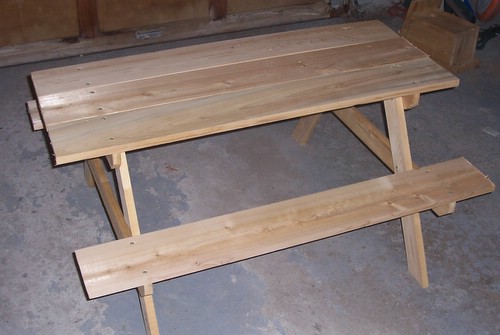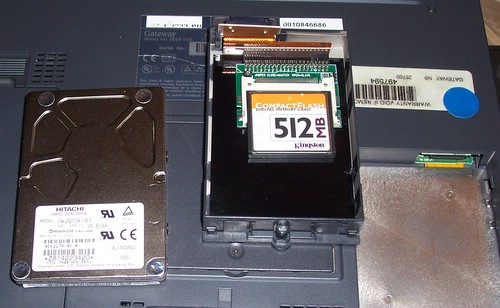In the fall of 2005 laser printers had fallen to the near $100 mark and our ink jet printer seemed to have an endless appetite for (expensive) ink cartridges. It was time for a change, and while colour printing is nice – a lot of our printing needs were very basic. At the time, staples.ca had multiple web coupons you could “stack” and cut a $199 printer down to $126, and there was a $30 mail in rebate on top of that. I never got the mail in rebate due to the standard rebate avoidance techniques (by the time I found out what I needed months later, the box had gone into the trash).
ink jet printer seemed to have an endless appetite for (expensive) ink cartridges. It was time for a change, and while colour printing is nice – a lot of our printing needs were very basic. At the time, staples.ca had multiple web coupons you could “stack” and cut a $199 printer down to $126, and there was a $30 mail in rebate on top of that. I never got the mail in rebate due to the standard rebate avoidance techniques (by the time I found out what I needed months later, the box had gone into the trash).
The printer I bought was the Samsung ML-2010. It was known to be easy to refill, and considering that a new toner cartridge was nearly $100 at the time – I knew I’d be going the DIY route when the time came. A full 3 years later we still use this printer and it has been mostly trouble free. The toner had finally gotten low enough that we needed to do something (taking the cartridge out and shaking it wasn’t helping much anymore).
I figured I’d be getting one of the toner refill kits from eBay, but which one? I turned to redflagdeals.com and found this thread that pointed me at TonerKits. While the thread was started back in 2004, but its still going strong at 47 pages with recent positive reports. I purchased from TonerKits via eBay simply selected the right kit for my printer. I paid $11.99 USD (7.99 + 4 shipping), but looking today – the same kit is $9.99 with free shipping. The eBay transaction was quick, and smooth.
Refill Kit Includes:
1 – 100g black toner refill
1 – pouring spout w/cap
1 – set illustrated instructions
(there are cheaper kits with less toner, 100g will fill to ~75% level twice)
Pictured above is my toner cartridge and the 3 items I received from TonerKits. The refill process was very simple. Continue reading “Samsung ML-2010 Toner Refill”



